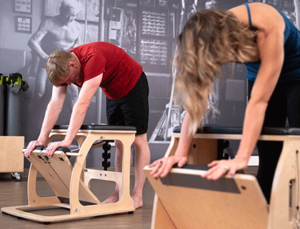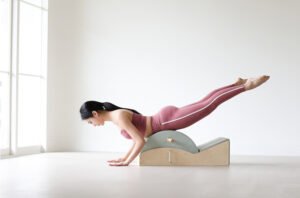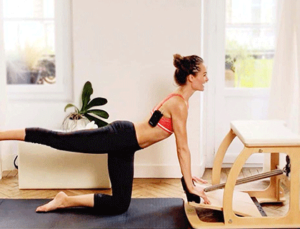
- raetinn@gmail.com
CE safety certification, the choice of 3000+ studios
CE safety certification, the choice of 3000+ studios

Pilates has emerged as a popular form of exercise worldwide, known for its focus on core strength, flexibility, and mind-body connection. As more individuals seek to embrace Pilates for its numerous health benefits, questions arise regarding the profitability of owning a Pilates studio, the factors contributing to its perceived expense, the origin of Pilates, and the diversity of Pilates machines available. In this article, we delve into these aspects to provide insights into the world of Pilates studios.
Owning and operating a Pilates studio can indeed be profitable, but success hinges on various factors. The profitability of a Pilates studio depends on factors such as location, clientele demographics, pricing strategy, operational efficiency, and the quality of instruction. In areas with high demand and a supportive client base, Pilates studios can thrive financially. However, like any business, there are inherent challenges such as competition, overhead costs, and seasonal fluctuations. Strategic planning, effective marketing, and providing exceptional services are key to maximizing profitability in the Pilates industry.

The perceived expense of Pilates classes and sessions can be attributed to several factors. Firstly, Pilates instructors undergo extensive training and certification to ensure they can deliver safe and effective instruction. This expertise comes at a cost, which is reflected in the pricing of Pilates sessions. Additionally, Pilates equipment, such as reformers, cadillacs, and chairs, is specially designed and manufactured to support Pilates movements and exercises. The maintenance, upkeep, and investment in such equipment contribute to the overall cost of Pilates classes. Moreover, Pilates studios often maintain small class sizes to provide personalized attention and instruction, which may result in higher prices compared to larger group fitness classes.
Pilates was developed by Joseph Pilates, a German-born fitness enthusiast, in the early 20th century. Joseph Pilates initially created his exercise method, originally known as “Contrology,” during World War I to rehabilitate injured soldiers. After immigrating to the United States in the 1920s, Pilates gained popularity among dancers and athletes for its transformative effects on strength, flexibility, and posture. Over time, Pilates evolved into a mainstream fitness practice embraced worldwide for its holistic approach to health and wellness.
No, not all Pilates machines are the same. Pilates equipment comes in various forms, each serving a unique purpose and offering different benefits. Some of the most common Pilates machines include reformers, which provide resistance-based exercises using springs and a moving carriage; cadillacs, also known as trapeze tables, which offer versatile workouts incorporating bars, springs, and straps; chairs, which provide stability challenges and targeted resistance exercises; and barrels, which assist in stretching, flexibility, and spinal alignment. Each Pilates machine offers a distinct experience, allowing practitioners to customize their workouts based on their goals and abilities.
As Pilates continues to gain popularity worldwide, questions regarding its profitability, cost, origin, and equipment diversity remain prevalent. Pilates studios have the potential to be profitable ventures, provided they offer high-quality instruction, strategic pricing, and exceptional customer service. The perceived expense of Pilates classes is justified by the expertise of instructors, the specialized equipment used, and the personalized nature of sessions. Originating from the innovative mind of Joseph Pilates, Pilates has become a global phenomenon embraced by individuals seeking improved fitness, flexibility, and overall well-being. With a wide array of Pilates machines available, practitioners can enjoy diverse and effective workouts tailored to their preferences and goals.





To customize your Pilates equipment and get a collection of design renderings for free!

To customize your Pilates equipment and get a collection of design renderings for free!